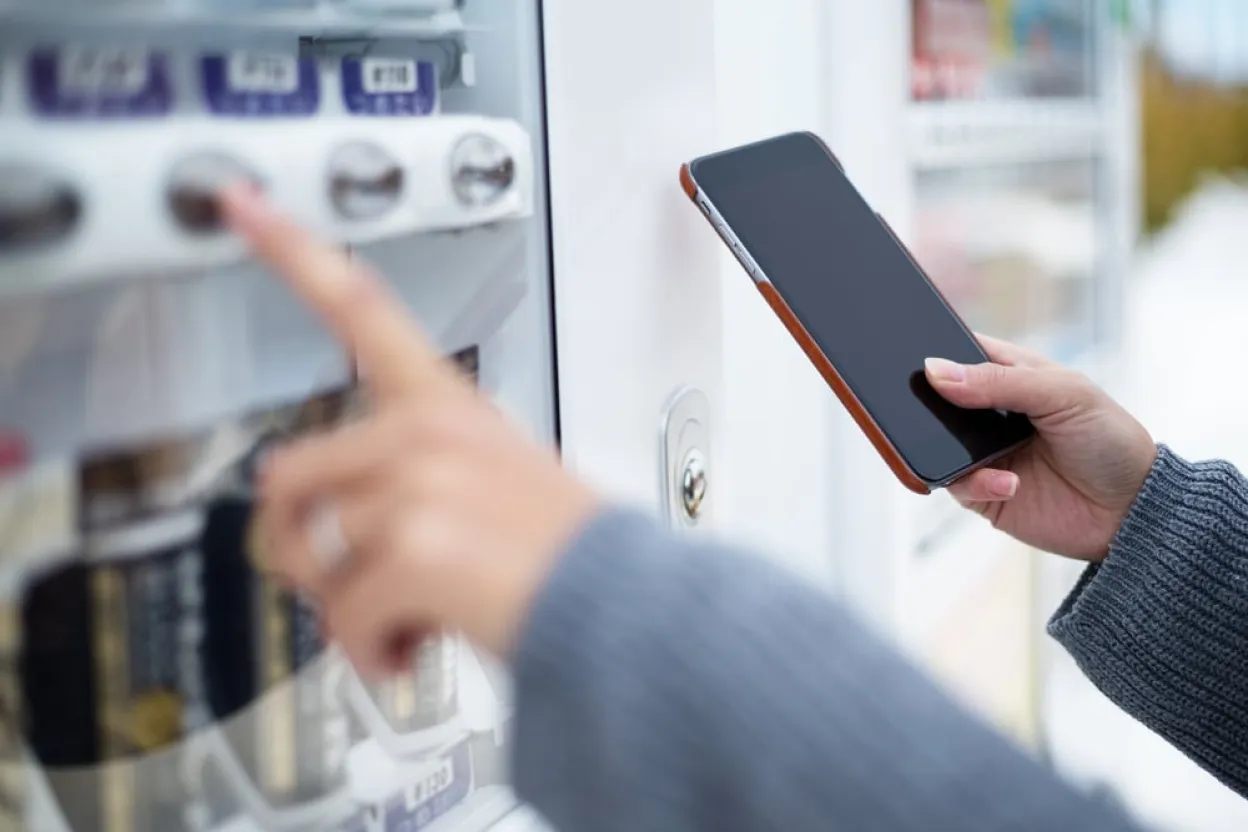From boutique to big box, retailers of all sizes are responding to growing consumer interest in using self-service technology solutions. Surveys are consistently finding that consumer acceptance of these solutions is growing, with 73% of shoppers saying they prefer retail self-service technologies over engaging with store associates.
For established ISVs, expanding into self-service solutions to meet this demand offers an opportunity for growth. It is also proving to be a fertile ground for nimble startups to invest in as they are already making fully integrated solutions affordable for mid-tier and smaller retailers. Here are three self-service solutions that can be a good fit for retail ISVs: self-checkout, the “endless aisle” and intelligent vending.
Self-Checkout Solutions for Retailers of all Sizes
Today, self-checkout lanes are table stakes for big-box retail chains that largely introduced consumers to the concept — and set expectations for self-service customer experience across the retail industry. In response, grocery chains are increasing their self-checkout lane footprint to address slow-moving lines, a top pain point for grocery shoppers, and improve the customer experience.
Other retail segments struggle with line abandonment. With 86% of consumers saying they have left a store due to frustration with long wait lines, and 77% saying it’s likely they won’t be back again, the cost to U.S. retailers in lost sales exceeds $37 billion annually.
That’s more than enough motivation for mid-tier and smaller retailers to consider offering self-checkout options in their stores. Small-footprint self-checkout kiosks that accept all payment types — and include shopper-friendly touchscreens driven by ISV-developed apps — can shorten lines without adding personnel. Moreover, as one luxury brand found, deploying self-service checkout and moving employees from behind the counter onto the store floor resulted in better customer service overall.
Self-Service and the “Endless Aisle”
Long lines are not the only reason retailers lose sales. A study from analyst firm IHL Group reports that retailers are missing out on nearly $1 trillion in sales because the items consumers want to buy aren’t on the store shelves. At specialty retailers, shoppers encounter out-of-stock items one in four shopping trips.
ISVs can help retailers capture those sales on the spot — instead of losing them to another retailer or eCommerce — with an endless aisle solution. Typically, this is a self-service touchscreen kiosk that displays the retailer’s entire available inventory, including items sold only online. It allows the shopper to select merchandise, pay for it, and select a delivery option: BOPIS (buy online, pick up in store) at another location or ship to home.
For large retailers, endless aisle solutions require integration with back-office inventory systems as well as POS systems. Mid-tier and smaller retailers can opt to display merchandise from their suppliers and have those third-parties dropship products directly to a customer’s home. The endless aisle kiosk can be unattended, or associates can help customers with the process. Either way, the endless aisle improves the shopping experience overall by making sure customers can find what they are looking for, whether it is on the shelf or in the warehouse.
Intelligent Vending Offers New Opportunities
Consumers were introduced to unattended solutions in the 19th century when modern coin-operated vending machines first appeared, dispensing postcards in the U.K. and, soon after, tutti-frutti gum in the U.S. Today, retailers can use smart vending solutions to sell just about anything. Examples include grab-and-go grocery items and BOPIS pickup lockers at grocery stores; gas tank refills for barbecue grills at hardware and convenience stores; and buying over the counter medication from a pharmacy vending machine.
Established retail brands use vending machines to expand their footprint by bringing merchandise to new places where customers are likely to purchase, like electronics in airports, cosmetics in malls and ink refills in office buildings. Additionally, non-retailers are using vending machines to “retail” products as a convenience to their customers. For example, hotels are vending snacks and convenience items as a self-service alternative to the “hotel shop.”
The shift to vending machines equipped with PC-based computing platforms and internet connectivity opens the way for ISVs to extend their retail expertise to new solutions for clients. Think vending machines with interactive touchscreen displays as well as traditional-style vending machines. Both can be equipped with integrated POS solutions that accept all forms of payment — from cash to plastic to loyalty enabled mobile wallets.
Choosing a Payments Technology Partner
Broad consumer preference for self-service technologies, along with the numerous benefits to retailers — shorter lines, reduced labor, expanded retail footprint and better customer experience — add up to new opportunities for ISVs to expand the business.
However, venturing into self-service solutions can bring new challenges as well, from choosing the right unattended payment technology for each use case to integrating the hardware with your software. Is there friction in the checkout experience? Does your solution support all the ways consumers want to pay? Even how and where the payment solution is mounted can impact the customer experience.
This is where working with the right payments technology partner can have a big impact on the customer experience and your self-service retail solutions. Download our checklist to help determine the technology partner that is best for your business.
Kanishka Rawal is a Solutions Engineer at Ingenico Group, North America










